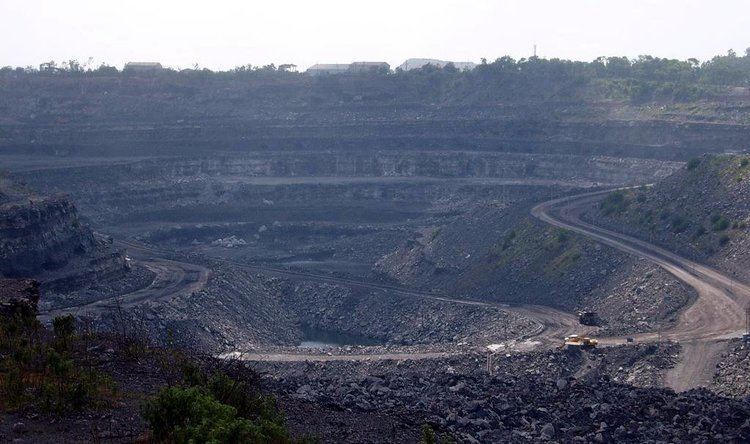 | ||
Resources are classified as either biotic or abiotic on the basis of their origin. The Indian landmass contains a multitude of both types of resource and its economy, especially in rural areas, is heavily dependent on their consumption or export. Due to over consumption, they are rapidly being depleted.
General
The total cultivable area in India is 1,945,355 km² (56.78% of its total land area), which is shrinking due to population pressures and rapid urbanisation. India has a total water surface area of 360,400 km²
India produces 4 fuels, 11 metallic, 52 non-metallic and 22 minor minerals. India's major mineral resources include Coal (4th largest reserves in the world), Iron ore, Manganese ore (7th largest reserve in the world as in 2013), Mica, Bauxite (5th largest reserve in the world as in 2013), Chromite, Natural gas, Diamonds, Limestone and Thorium (world's largest along coast of Kerala shores). India's oil reserves, found in Bombay High off the coast of Maharashtra, Gujarat, Rajasthan and in eastern Assam meet 25% of the country's demand.
A national level agency National Natural Resources Management System (NNRMS) was established in 1983 for integrated natural resources management in the country. It is supported by Planning Commission (India) and Department of Space.
